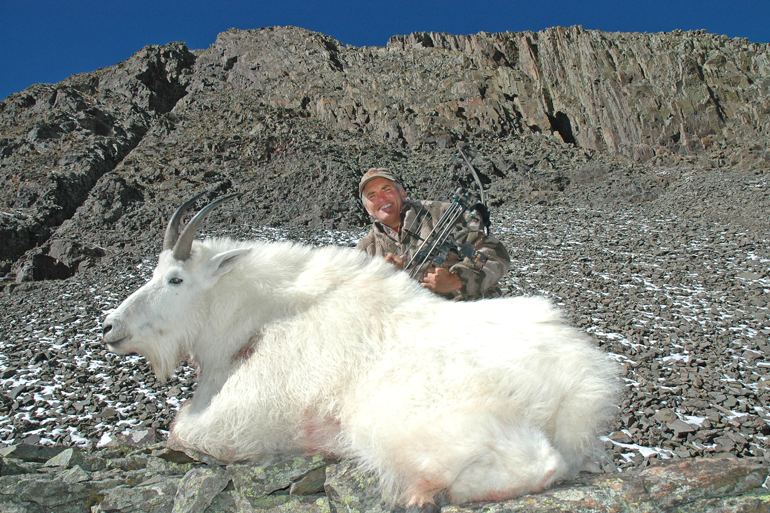
Every sport offers opportunities to stretch one’s abilities by going to extremes during practice sessions. Archery is no different.
If you want to become a better shot and a better bowhunter, you need to expand your practice sessions. You probably won’t become the Tiger Woods of bowhunting or shooting, but I guarantee you’ll improve your skills dramatically.
If you hunt very long, you will probably make many awkward shots during your bowhunting career. To be consistently successful, you must be able to shoot proficiently under all circumstances and in every type of habitat, terrain and weather.
When bowhunting, it’s not often you get to stand upright on flat ground and use the same form you’ve been practicing during the off-season. You will most likely be forced to shoot from an awkward position.
Working on your traditional shooting form at the range is important, but it shouldn’t be the only kind of practice you do. A great way to increase your chances of success is to practice extremely difficult shots.
I’ve made just about every shooting mistake one is capable of making — and most of them I’ve made again and again. These mistakes have given me a great deal of experience, and I would like to believe I’ve learned a few things. So, I would like to give you some advice in order to shorten your learning curve.
The most important thing to realize is that the only way to get proficient at making extreme shots is to practice them. In this series of columns, we will discuss most of the types of extreme shooting you will face while bowhunting — and how to master them.
Uphill & Downhill Shots
Shooting steeply uphill or downhill is a very common occurrence for bowhunters. Treestand bowhunters sometimes have to shoot nearly straight down. Sheep and goat bowhunters have to shoot straight down as well as straight up. Making these extreme shots is tough for a couple reasons. First, you can’t just range the animal and shoot; you have to figure out what the “shoot for” distance is before you draw your bow.

The rule of thumb is to shoot for the horizontal distance to the animal rather than the line-of-sight distance. Before the advent of angle-compensating rangefinders, this was very difficult to estimate. Now that we have these tools at our disposal, it is much easier. However, you must practice in the mountains with your rangefinder. I have never found a rangefinder (and I’ve owned many brands) that perfectly matched my bow’s performance.
The steeper the angle and the farther away the target is, the less likely the rangefinder is to match your bow’s actual performance. So, I practice shooting extreme uphill and downhill shots using the distance my rangefinder gives me. I then analyze the results and write down “fudge factors” on the face of my rangefinder to help me compensate for the variations.
For example, my current rangefinder has these notes written on it in bold, indelible ink: “Plus 2 yards uphill at 60” and “Minus 1 yard downhill at 60.”
Once you have the proper yardage to shoot for, you will need the necessary skills required to make these shots. They are extremely difficult and require a great deal of practice to master. Here are some pointers: Whether you’re shooting uphill or downhill, always keep your form the same (as it would be on flat ground) from the waist up. In other words, your arms should always be at right angles to your torso. This is called T-form.
In order to maintain this T-form while shooting on hills, you must bend at the waist. Draw your bow in the horizontal position, establish perfect form and then bend at the waist to acquire the target in your sights. If you pull straight back at the target, you’re likely to lose the right-angle relationship of your arms and torso.
It is very important that your downhill foot is as flat and stable as possible, as it will be supporting the vast majority of your weight. The uphill knee should be bent and your stance fairly open.
To become proficient, you need to find a place to practice these shots — the steeper, the better! I like to place one target up a very steep hill and one target down the hill. I make the distance between the targets my maximum effective shooting range. I shoot the uphill target first and then climb up with my bow and rangefinder and shoot the same arrows back down at the lower target.







































![Air gun 101: The differences between .177 & .22 – Which jobs they do best ? [Infographic]](https://airgunmaniac.com/wp-content/uploads/2020/09/g44-150x150.jpg)



